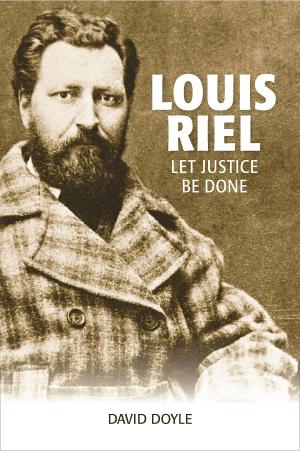In Louis Riel: Let Justice Be Done, David Doyle provides a carefully detailed and impressively researched account of the political climate and cultural influences surrounding Louis Riel’s actions prior to and following the Red River Rebellion of 1869-70. The events culminated in Riel’s execution for treason in 1885, an execution that has always been contentious. Doyle is intent on allowing Riel to belatedly defend himself. He succeeds in bringing Riel to life through a dialogue with a fictional commissioner. The result is Riel’s personal testimony (at the time Riel was not given the opportunity to speak) at a “Riel Inquiry.”
With Riel as speaker, the legal ramifications of the actions of the Canadian government during the creation of the Dominion of Canada, the inadequacy of the original trial, as well as Riel’s motivations as a Métis leader and politician during the era of Confederacy, become clearer. After reading the book one can’t help but understand the need for a broader awareness of the facts associated with this period of Canadian history. It is a necessary component of reconciliation.
Doyle’s book is most appropriate for the educator of Canadian history (specifically, grade 8 “Creating Canada 1850-1890”). The book will enable teachers to expand on background information and challenge the all too readily accepted notions of the heroism and patriotism associated with John A. Macdonald, his ministers, the North-West Mounted Police and the Hudson’s Bay Company. The settlement of north-west Canada is shown in a different light, one that needs consideration when discussing the concepts of “cause and consequence” and “continuity and change.” Those interested in historical truth would do well to read Louis Riel: Let Justice Be Done.
Roxanne Miller is a member of the Elementary Teachers of Toronto.
